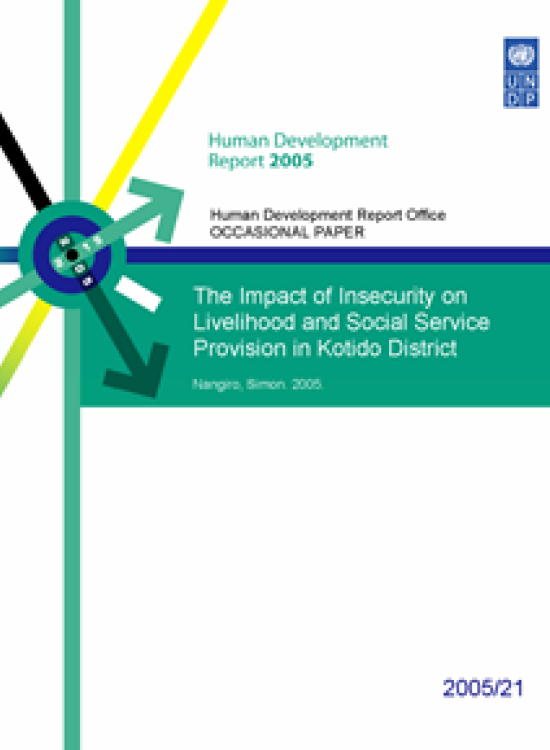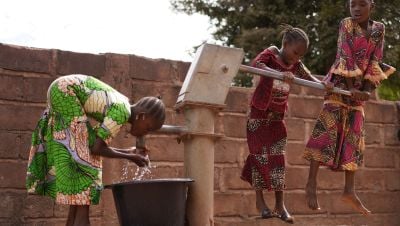The Impact of Insecurity on Livelihood and Social Service Provision in Kotido District

Download Report by Language
Document
hdr2005nangirosimon21.pdf
(118.94 KB)
Citation
Nangiro, Simon. 2005. The Impact of Insecurity on Livelihood and Social Service Provision in Kotido District. New York.
The Impact of Insecurity on Livelihood and Social Service Provision in Kotido District
Posted on: January 01, 2005
From January 2002 to date, Oxfam GB Kotido field office has been keeping a daily digest of insecurity incidences. This summary is an attempt to analysis the nature and impact of insecurity on livelihood and social service provision in Kotido district. It is based on Oxfam GB Kotido project field experience of living and working with the pastoral women and men in Kotido district. Karamoja lies in the northeastern corner of Uganda, bordering Sudan and Kenya. It is divided into three administrative districts namely, Kotido in the north, Moroto in the centre and Nakapiripirit in the south. The name Karamoja is today used to include all the inhabitants of Karamoja. Karamoja region is semi-arid, with an average rainfall of 500-700mm per annum, variable in space and time. In response to these environmental conditions, the Karimojong take on extensive livestock keeping as their principal economic activity. They supplement this by opportunistically maintaining small gardens and fields of local crops. Karamoja presents a unique development challenge for unlike the rest of Uganda it is semi-arid, and characterised by a combination of acute poverty, vulnerability to drought, poor infrastructure and basic social services delivery, limited marketing opportunities, natural resource degradation, social and cultural marginalisation, long-standing dependency on external aid and most importantly chronic insecurity. The region is the least socially and economically developed in Uganda, even among the generally poorer parts of northern Uganda as a whole.

